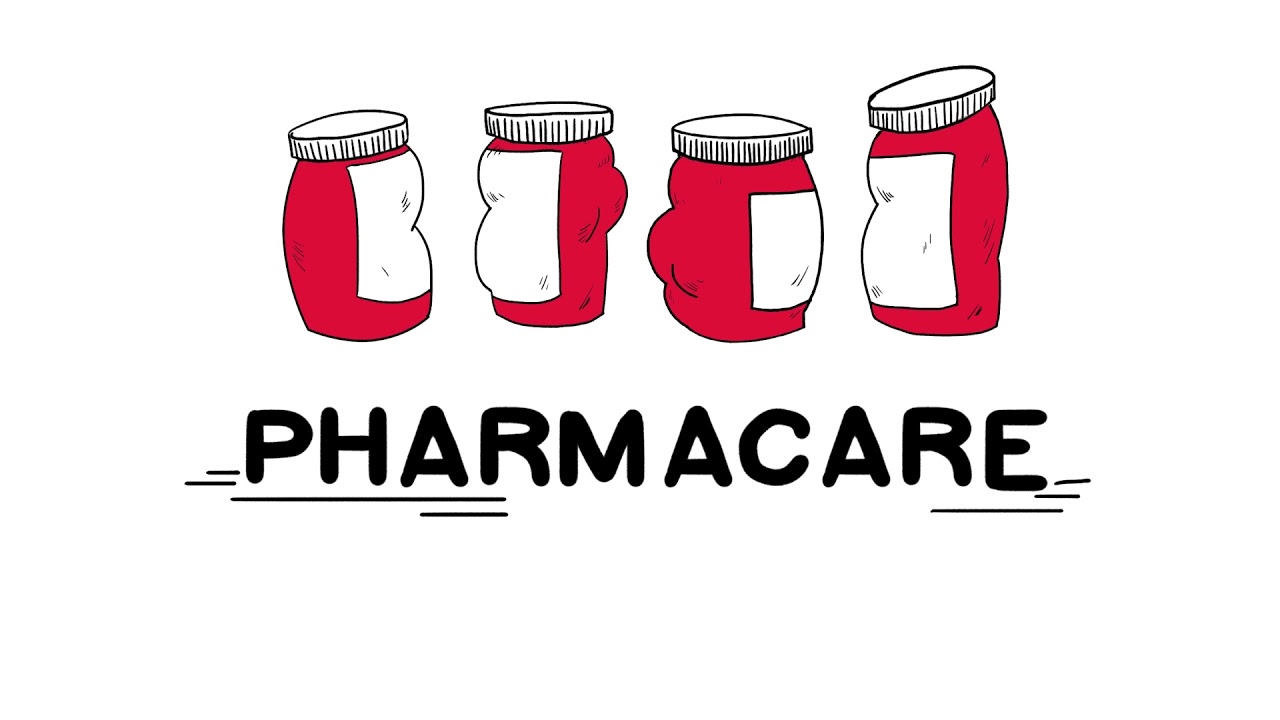Canada is known for its excellent healthcare system that provides publicly funded hospital stays and physician care. Despite the praise that the system tends to get for its numerous advantages, there is still a huge issue that remains. The problem is that there is no universal pharmacare available to people, which means that they need to spend large sums on prescription medications. There are also individuals who are not able to afford their treatments. Drugs continue to get more expensive every year, which makes the problem all the more relevant.
Only some groups of people are covered
With the absence of universal pharmacare, only some people receive public coverage of drugs that are consumed outside of hospitals. According to provincial and federal plans, people who get such coverage are those over the age of 65, those who get social assistance, and Indigenous people. When it comes to the rest of the population, they either have insurance that envisages copayment or they have to pay for their drugs on their own.
What is more, the prices for drugs are often astronomical and are among the highest in the world. With the help of the national pharmacare, the federal government could get much lower prices by purchasing medications in bulk. As a result of such an approach, it would be easier for people to follow through with their prescriptions, which will, in turn, lead to better health in general and reduce hospital admissions.
At the moment, the statistics regarding the use of prescription drugs are far from great. According to the reports, one in five families in Canada has difficulties paying for their prescription medications. About three million people don’t consume drugs prescribed by their doctors because the cost is too high. It is obvious that pharmacare is not just a whim but rather a serious issue that needs to be focused on as soon as possible.
Is there a future for national drug coverage?
A lot of people waited for federal elections, which took place on October 21st, to gain some clarity regarding pharmacare and its potential implementation. With the Liberals winning most seats, the future of a national drug plan looks promising. Prime Minister Justin Trudeau will have to get support from New Democratic Party and, luckily, it seems that NDP and the Liberals are on the same page regarding pharmacare.
It should be mentioned that public drug coverage can lead to a negative reaction from drug manufacturers and private insurance. The new pharmacare program should be implemented in such a way that it ensures that Canadians can have the best quality of life. This involves having access to the most modern and reliable drugs available out there and those that will be developed in the future. The reform requires a detailed plan and a careful approach to benefit both the general public and the federal government.
How much time will it take to see progress?
Implementing a reform on a national level cannot be easy, so there is still no information regarding specific dates. Pharmacare requires extensive negotiations regarding administration, funding, and more. It will definitely take some time to come up with the best strategy and establish a proper national drug agency. The topic of pharmacare has been discussed for a while now and it’s more than obvious that it’s time to take steps in its direction.
In 2019, the advisory council with Hoskins as a leader suggested implementing a single-payer public drug coverage system no later than 2027. The estimated spending to maintain this system for the federal government is approximately C$15.3 billion a year. Pharmacare promises significant cost-savings but whether all provinces will be in on the deal is still unclear. It is possible that some provinces will not get involved and this can weaken the power of the federal government when negotiating the best bargains for drugs.
It is still difficult to make any predictions regarding pharmacare. What is obvious is that the issue of buying prescription drugs becomes more pressing with each year. It is also clear that the federal government has a lot of work ahead and they are ready to make appropriate changes.

